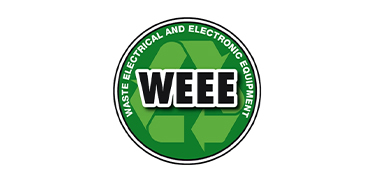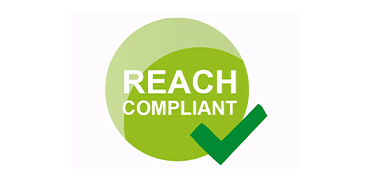Why is copper used in printed circuit boards?
Views: 0 Author: Site Editor Publish Time: 2023-12-01 Origin: Site









Copper is a vital component in the construction of printed circuit boards (PCBs), playing a crucial role in their functionality and performance. In this article, we will explore the reasons behind the widespread use of copper in PCBs, delving into its unique properties and benefits.
The Role of Copper in Printed Circuit Boards
Copper is the most commonly used material in the construction of PCBs, and for good reason. Its excellent electrical conductivity makes it the ideal choice for creating the intricate pathways that allow electronic components to communicate with each other. The copper traces on a PCB form the connection points for various electronic components, ensuring the smooth flow of electrical signals throughout the system.
One of the key advantages of using copper in PCBs is its high thermal conductivity. Electronic devices generate a significant amount of heat during operation, and it is essential to dissipate this heat efficiently to prevent damage. Copper's ability to conduct heat effectively helps to regulate the temperature of the PCB, ensuring optimal performance and longevity.
In addition to its electrical and thermal properties, copper also offers excellent durability and reliability. PCBs are often subjected to various environmental factors, including temperature fluctuations and vibrations. Copper's resistance to corrosion and its ability to withstand mechanical stress make it a reliable choice for long-lasting PCBs.
Furthermore, copper's versatility allows for the creation of complex multilayer PCBs. These boards consist of multiple layers of copper traces sandwiched between insulating layers, allowing for a higher density of electronic components. The ability to pack more functionality into a smaller space has been a driving force behind technological advancements in various industries.
From a manufacturing standpoint, copper is also highly desirable. It is readily available, cost-effective, and easy to work with. PCB manufacturers can easily etch and engrave the copper traces to create the desired circuitry, making it a preferred choice for mass production.
Different Types of Copper Used in PCBs
Printed circuit boards (PCBs) are essential components in almost all electronic devices we use today. They provide the necessary connections and pathways for electrical signals to flow within the device. One crucial element in the construction of PCBs is copper. Copper is widely used in PCBs due to its excellent electrical conductivity, thermal conductivity, and corrosion resistance properties. In this article, we will explore the different types of copper used in PCBs.
Standard Copper: This is the most commonly used type of copper in PCBs. It is a high-purity copper with a minimum conductivity of 99.99%. Standard copper is suitable for most applications and offers good electrical and thermal conductivity. It is also cost-effective, making it a popular choice for manufacturers.
Rolled Copper: Rolled copper is a thinner form of copper that is often used in flexible PCBs. It is produced by passing copper through a series of rollers to reduce its thickness. Rolled copper offers excellent flexibility and is ideal for applications where the PCB needs to be bent or twisted. It is commonly used in wearable devices, medical equipment, and automotive electronics.
Electrodeposited Copper: Electrodeposited copper is a type of copper that is formed by electroplating a thin layer of copper onto a substrate. This process allows for precise control over the thickness of the copper layer. Electrodeposited copper is commonly used in high-density interconnect (HDI) PCBs, where space is limited, and fine traces are required. It provides excellent adhesion and is suitable for complex PCB designs.
Copper Foil: Copper foil is a thin sheet of copper that is used as a laminate in PCBs. It is available in various thicknesses and is typically bonded to a non-conductive substrate, such as fiberglass, to form the PCB. Copper foil provides a smooth and uniform surface for the circuitry and helps in achieving high signal integrity. It is commonly used in high-frequency and high-speed applications.
Copper Clad Laminate: Copper clad laminate (CCL) is a composite material that consists of a layer of copper foil bonded to a non-conductive substrate. The substrate is typically made of materials like fiberglass or epoxy resin. CCL provides the structural support for the PCB and ensures the integrity of the copper traces. It is available in different grades and thicknesses to meet the specific requirements of different applications.
Conclusion
Copper is a crucial material in the construction of printed circuit boards (PCBs) due to its excellent electrical conductivity, thermal properties, durability, and versatility. It is the go-to material for creating reliable and high-performance PCBs. There are various types of copper used in PCBs, each with unique properties and applications. These include standard copper, rolled copper, electrodeposited copper, copper foil, and copper clad laminate. Manufacturers have a range of options to choose from depending on the specific needs of the PCB design. Understanding the different types of copper and their characteristics is crucial for ensuring optimal performance and reliability of PCBs in electronic devices. Copper will continue to be an essential component in the ever-evolving world of electronics as technology advances.
+86-18925293263








